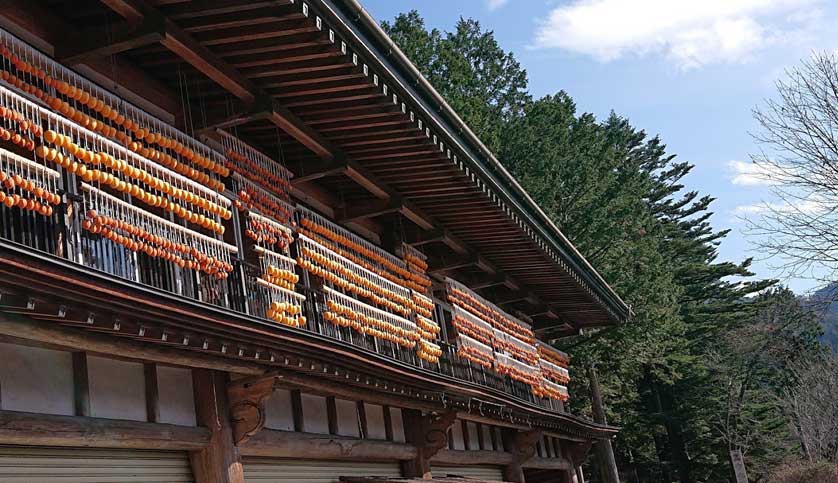The gardens continue to produce an abundance of tomatoes, both large, and cherry. Most of my neighbors trim their tomato plants to a single upright vine which soon dies. I make a cage of steel mesh and let the plants spread like a jungle. I'll be picking tomatoes until the first frost in late November, and then there will be kilos of green tomatoes to have too.
The bell peppers continue to fruit. I let them ripen now into sweet red peppers. They too will kepp producing for 2 more months.
Had a small harvest of swedish turnips, known as swede in the UK, and rutabaga in the US, no-one here has seen any before. The tops started to rot, probably due to the excess ofrain the past month, so they should have grown a few more months and gotten bigger.
Still more eggplants to pick everyday.
This years sweet potato harvest will be small again this year. The vines were doing great yesterday, but sometime during the night wild boars (inoshishi) dug up and ate a lot of the fattest.














